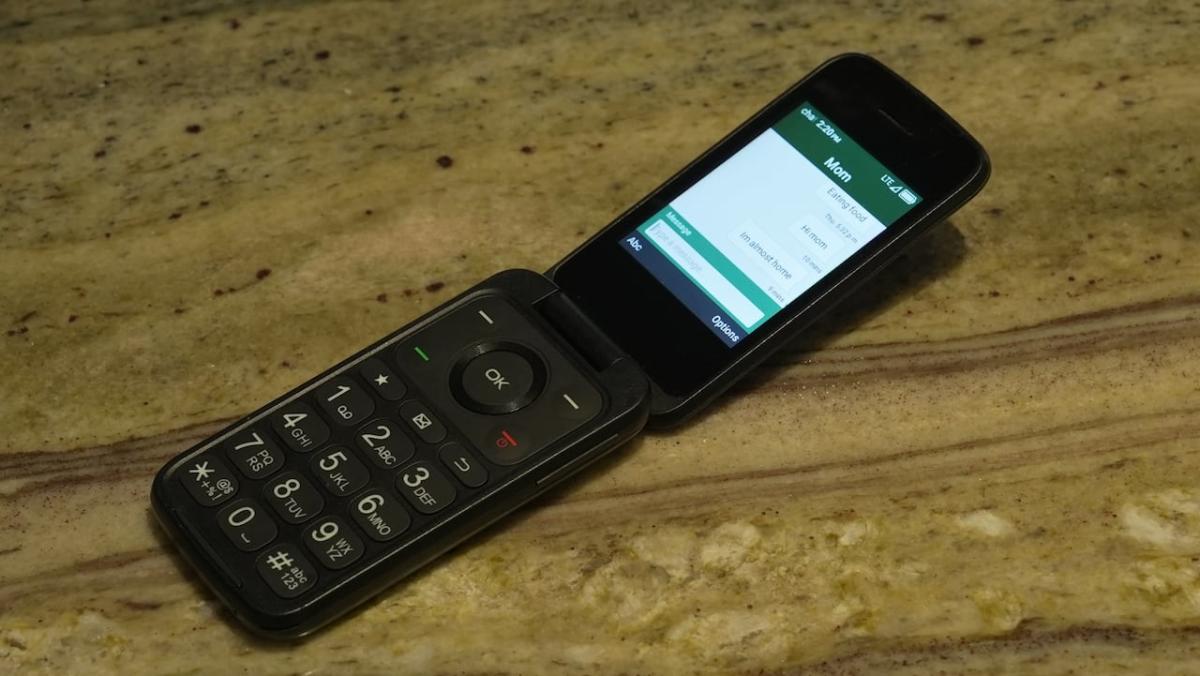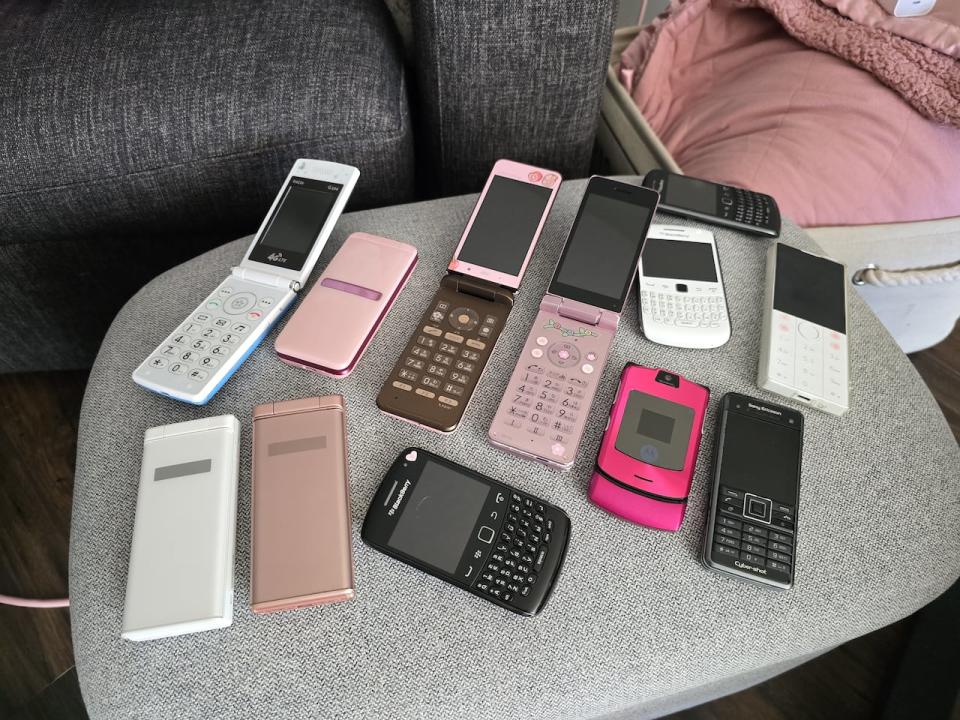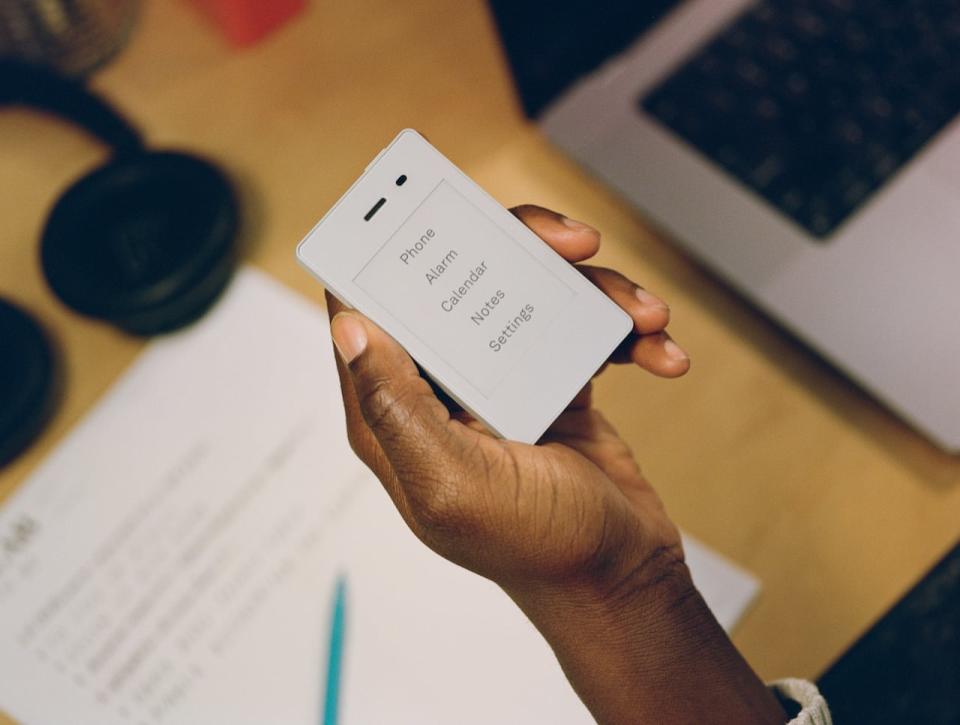Tech
If you’re sick of screen time, switching to a ‘dumbphone’ may be a smart move

When Leigh Tynan agreed to get her 13-year-old daughter a cellphone, she didn’t want it to become a distraction.
“When there’s a smartphone or screen, you don’t practice guitar, you don’t read a book, you don’t just be bored,” she said. So instead of the very popular iPhone, she settled on a TCL Flip phone, with a key feature: no access to social media.
“I just thought I really don’t feel comfortable with her being online all the time … I’m trying to protect her from it for as long as possible.”
Dumbphones, also known as simplephones or featurephones, are having a moment. The mobile devices are limited to basic functions such as making phone calls and sending text messages, and often can’t connect to the Internet. According to Counterpoint, a technology market research firm, more than 98,600 feature phones were sold in Canada in 2023 — a 25 per cent increase from 2022.


Leigh Tynan bought a flip phone, with no access to social media, for her teenage daughter. (Joe Fiorino/CBC)
While dumbphones have long been popular with seniors and tradespeople, there’s fresh demand from parents trying to protect their children from the distracting features of smartphones. The durability and cost are also appealing: The majority of dumbphones sell for less than $100.
Tynan’s flip phone rang up at $80, plus she pays about $26 per month for the talk and text plan.
Some Gen Z and millennial users are also making the switch as they try to digitally detox from a constantly connected world.
“The smartphone is not a source of enjoyment anymore,” said Pascal Forget, a tech columnist in Montreal. “It used to be fun, but now they’re addicted to it, so they want to go back to simpler times using a simpler device.”


Kristen Campbell switched to a ‘dumbphone’ and said it made her feel calmer and happier. (Submitted by Kristen Campbell)
Dumbphone users such as Kristen Campbell who have taken the leap say the results are worth it.
The 34-year-old from Calgary ditched her smartphone last year, testing out about 15 different devices before settling on the Qin F22 model.
“When a friend wants to borrow one or try out dumbphone living, they just come to me,” she said.
Campbell said she came to the realization that the amount of time she was spending scrolling her phone was a problem, and she got a lot of joy out of deleting her social media accounts.
“I’m still reachable, but I live my life in the place where I am at that moment rather than constantly being mentally elsewhere,” she said. “I just felt a lot calmer and a lot happier.”


Dumbphones, also known as simplephones or featurephones, are mobile devices limited to basic functions such as making phone calls and sending text messages, and often can’t connect to the Internet. (Submitted by Kristen Campbell)
Dumphones still a niche product
But dumbphones remain a niche product, making up less than one per cent of the total mobile handset market in Canada, according to Counterpoint. Forget says many companies have little incentive to offer them.
“You can’t sell data packages, you can’t sell apps, you can’t sell subscriptions on a minimalist phone. So it’s hard for a company to make money out of them.”
HMD Global is still making flip phones. The company saw its Nokia 2660 Flip phone sales double in Europe last year, and has relaunched a model that first debuted back in 1999.
“It’s really interesting to see a phone that we thought was done … we thought we would never use this phone again, and now it’s being picked up,” said Chief Marketing Officer Lars Silberbauer.
Brooklyn-based Light just released the third generation of its Light Phone. With a black-and-white display and no email, social media, or internet browsing, it retails for $399, making it about four times pricier than other dumbphones.
While it’s not available in Canada just yet, co-founder Kaiwei Tang said the company is in talks with Telus and hopes to bring the Light Phone here later this year.


A Lightphone has limited features and no email, social media or internet browsing. (Light)
Tang said the device is built to have modern utility and with the view that technology should work in the background — and he hopes that gains momentum.
“We’d actually love to see more players jumping in or even big companies creating tools that do not rely on people’s time, attention and data to make money.”


)






